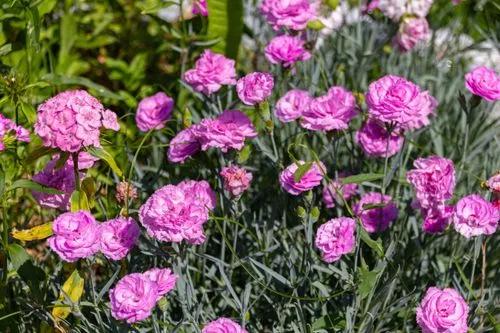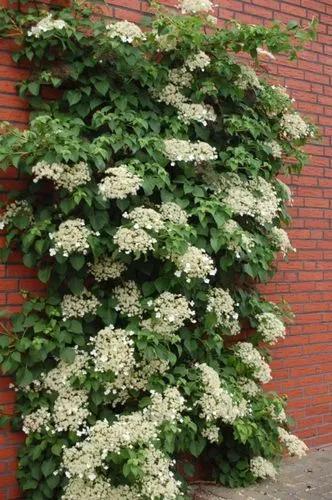Ipomoea alba, known as white morning-glory or moonflower or moon vine, is a species of night-blooming morning glory, native to tropical and subtropical regions of the New World. It is widely cultivated as an ornamental plant for its flowers.
Moonflower Care
Ipomoea alba



Ipomoea alba, commonly called moonflower, is native to tropical America. It is a tender perennial vine that is grown in St. Louis as a warm weather annual. It is noted for its fragrant nocturnal white blooms (moonflowers) and its deep green foliage. Although it will grow to 70’ or more in tropical climates, it typically reaches 10-15’ in a single season as an annual. Milky-juiced, somewhat prickly, twining stems are clad with large, rounded, broad-ovate, deep green leaves (4-8” long) with cordate bases. Fragrant, white flowers (to 6” diameter) bloom at dusk from mid-summer into fall. Flowers unfold in early evening before nightfall from attractive spiraled tubular flower buds. Flowers remain open all night and eventually close before noon the following day. Flowers attract night-flying moths. This plant is synonymous with and formerly known as Ipomoea bona-nox and Calonyction aculeatum.
How to Care for the Plant

Water

Young plants should be watered regularly until they are established. Moonflower has average water needs and you may water it about 1 inch per week, especially during hot periods. It likes moist soil that isn't soggy. It will tolerate short dry periods but will be killed by a long dry spell without water.

Fertilizer

Fertilize regularly with half-strength high-phosphorus fertilizer during the blooming season. Avoid high-nitrogen fertilizer as it can promote foliage at the expense of blooms.

Sunlight

Grow in full sun for the best blooms. Moonflowers readily adapt to part shade conditions.

Soil

The moonflower is tolerant of a wide variety of soil types and acidity levels, but it does best in soil is nutrient-rich loam. It prefers well-drain soil and does quite well in poor, dry soil.

Temperature

These plants can be grown as perennial in the areas with the lowest winter temperatures of +1.7°C (35°F). But in cooler climates, they are grown as annuals and planted outside when the temperature is consistently 60 to 70°F.

Popularity

833 people already have this plant 209 people have added this plant to their wishlists
Discover more plants with the list below
Popular articles






